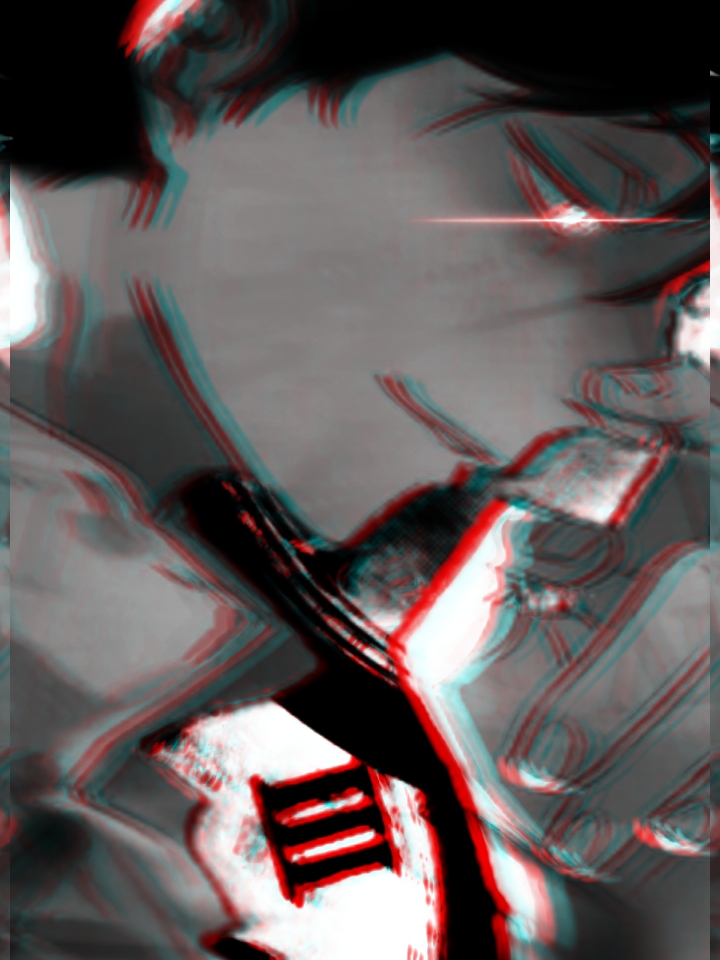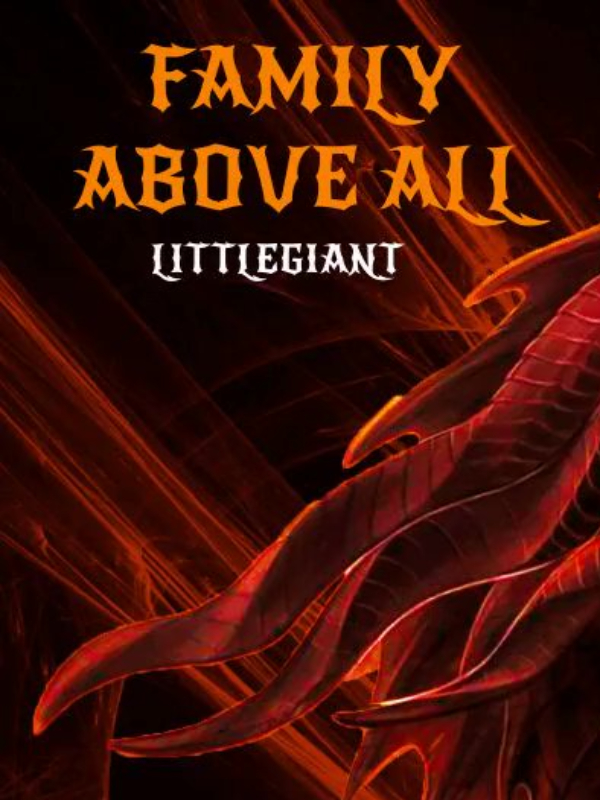Epsilon, who by now had rested enough, got up from his bed and teleported back to the island. He braced himself once again but first, he filled up his stomach to gain more energy, and then started working on the Crowia project. The Green Spider Race seems to be living a good time on his land and they always worked on something. He did not know if they were able to fix the warp drive for their spaceship but it was their problem eventually.
Epsilon focused his mind again and began finishing up the sketches and imagination of Crowia. The knowledge section was still incomplete. Before he nearly fainted the last time, he added ‘Genius’ as a skill in the knowledge section. Now, he wanted to improve their sensory abilities.
He began adding sections to improve hearing. He thought about eyesight first but then realized this was not essential because the eyesight of crows and most birds were better than humans and other species. Epsilon decided that there was no need to add this.
For hearing, he wanted to add passive echolocation to the Crowia race. If something happened, and they found themselves in a dark place, they would have no problem finding their direction using echolocation.
‘Knowledge – 4’
Echolocation, also called biosonar, was a biological sonar used by several animal species. Echolocating animals emitted calls out to the environment and listened to the echoes of those calls that returned from various objects near them. They used these echoes to locate and identify the objects. Echolocation was used for navigation, foraging, and hunting in various environments.
Echolocating animals included some mammals, most notably Laurasiatheria, and a few birds. Especially some bat species and odontocetes like the toothed whales and dolphins, but also in simpler forms in other groups such as shrews, and two cave-dwelling bird groups, the so-called cave swiftlets in the genus Aerodramus (formerly Collocalia) and the unrelated Oilbird Steatornis caripensis.
Echolocation was the same as active sonar, using sounds made by the animal itself. Ranging was done by measuring the time delay between the animal’s sound emission and any echoes that returned from the environment. The relative intensity of sound received at each ear as well as the time delay between arrival at the two ears provided information about the horizontal angle, azimuth, from which the reflected sound waves arrived.
Unlike some human-made sonars that relied on many extremely narrow beams and many receivers to localize a target, which is multibeam sonar. Animal echolocation had only one transmitter and two receivers, the ears, that was positioned slightly apart. The echoes returning to the ears arrive at different times and different intensities, depending on the position of the object generating the echoes. The time and loudness differences were used by the animals to perceive distance and direction. With echolocation, the bat or other animal can see not only where it was going but also how big another animal was, what kind of animal it was, and other features.
At the most basic level, echolocation was based on the neural anatomy of auditory brain circuitry. In essence, ascending brain pathways in the brain stem allowed the brain to calculate the difference between the two ears to very small fractions of a second.
Echolocating bats use echolocation to navigate and forage, often in total darkness. They generally emerge from their roosts in caves, attics, or trees at dusk and hunt for insects into the night. Using echolocation, bats can determine how far away an object is, the object’s size, shape and density, and the direction that an object is moving. Their use of echolocation allowed them to occupy a niche where there were often many insects that come out at night since there are fewer predators then, less competition for food, and fewer species that may prey on the bats themselves.
Echolocating bats generated ultrasound via the larynx and emitted the sound through the open mouth or, much more rarely, the nose. The latter was most pronounced in the horseshoe bats (Rhinolophus spp.). Bat echolocation calls ranged in frequency from 14,000 to well over 100,000 Hz, mostly beyond the range of the human ear (typical human hearing range is considered to be from 20 Hz to 20,000 Hz). Bats may estimate the elevation of targets by interpreting the interference patterns caused by the echoes reflecting from the tragus, a flap of skin in the external ear.
There are two hypotheses about the evolution of echolocation in bats. The first suggested that laryngeal echolocation evolved twice in Chiroptera, once in the Yangochiroptera and once in the horseshoe bats (Rhinolophidae). The second proposed that laryngeal echolocation that had a single origin in Chiroptera, was subsequently lost in the family Pteropodidae, and later evolved as a system of tongue-clicking in the genus Rousettus.
Just as the information and knowledge of ‘Echolocation’ were getting filled up in the spell algorithm, blood gushed out from Epsilon’s nose.
He dropped to the ground and looked at the rock sky as he circulated his magical energy to regenerate his magical energy and physical health.
Right now, ‘Crow’, ‘Genius’, ‘Echolocation’ and ‘Life’ were added. There was not much needed to be created but as always, he needed some rest and circulation of magical energy before continuing to work on the project.
Epsilon was shocked losing his composure like this and once again painfully realized that much had to be expended to create a race. The more he thought about it though, the more he figured out that he was not really paying that high a price. What did it mean to create a race from the ground up? Not many could even imagine something like this.
He was creating beings by losing some minuscule amount of blood and fighting fatigue. This was nothing to complain about.
Epsilon understood that many who were much stronger than him had neither an inkling nor the ability to do what he could do. He was able to create a whole race from nothing just being a Lord Level mage, most likely a level that was not considered noteworthy in the universe.
To see it honestly, it called for a celebration that he was able to do something like this.








